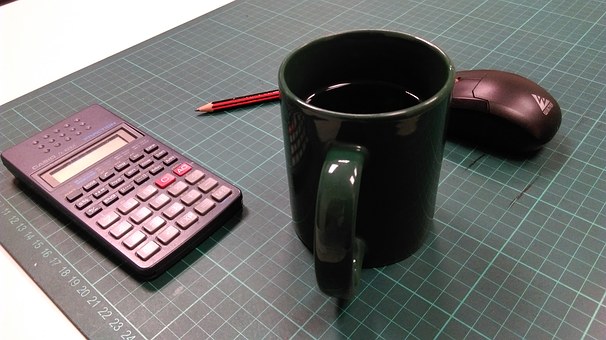
09 Nov How can I determine the basis for my non-deductible IRA?
Photo: pixabay.comQ. My total basis in my traditional IRA as shown on IRS Form 8606 is much more than the total amount I have contributed. This a non-deductible IRA. I am under the impression that the basis refers to the amount I have put into the IRA and does not include any appreciation or other growth. If I am correct in this, then what is the significance of this discrepancy?
— Investor
A. This is a good question.
You want to make sure your records about your IRS are accurate.
The total basis in a non-deductible IRA is the amount that you have contributed, said Michael Karu, a certified public accountant with Levine, Jacobs & Co. in Livingston.
Any appreciation or reinvestment from dividends or interest is not part of your basis, he said.
“The purpose of Form 8606 is to track your basis, so when you begin taking distributions, you are only taxed on the pro-rata portion of that distribution,” Karu said. “Any discrepancy, most likely, would have been caused by an input error.”
He recommends you ask your account custodian for a schedule of the account transactions. By reviewing it, you may be able to determine the cause of the difference, Karu said.
Email your questions to .
This story was originally published on Nov. 9, 2021.
NJMoneyHelp.com presents certain general financial planning principles and advice, but should never be viewed as a substitute for obtaining advice from a personal professional advisor who understands your unique individual circumstances.

